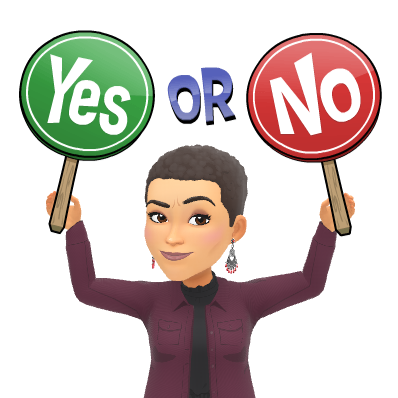"Wayfinding Maori Futures: jumping on the waka to a brighter future."
Here's a few key things that struck a chord with me:
The pace of change is increasing and as a society we have a lessening amount of control over being pre-organisation for things. As individuals, we need to get used to being in a state of being without control over what is happening. This is a huge challenge for us as educators, where we like to preplan and know exactly where we are headed and anticipate what we may need to head off.
Maori traditions always have layers of meaning. - I'd never really considered this, but if you take a moment to think about many of the legends and myths, they are often adapted slightly to fit with the story they are telling at the time.
Maori success as Maori... it's a destination point. Early voyagers knew where they were going. Although they had never been to their destination, they used a term called "seeing the island", which meant imagining what that destination might look like in their minds. You won't see that destination until the last 10% of the journey, so it was important for Navigators to use "star points" or "way finding" to use as markers or indicators of progress along the journey. - The correlation for us, as educators, can be seen in our TAI's. We make a hypothesis as to what the destination point might look like... We then use data and anecdotal observations along the way as indicators of progress towards that.The pace of change is increasing and as a society we have a lessening amount of control over being pre-organisation for things. As individuals, we need to get used to being in a state of being without control over what is happening. This is a huge challenge for us as educators, where we like to preplan and know exactly where we are headed and anticipate what we may need to head off.
Maori traditions always have layers of meaning. - I'd never really considered this, but if you take a moment to think about many of the legends and myths, they are often adapted slightly to fit with the story they are telling at the time.
Modelling equity and equity and equality for Maori. What happens if we continue to do the status quo? What happens if we do something different? - Even if the status quo is "working" it's our duty to be on the look out for ways to improve, both our practice and our achievement outcomes for our akonga. We need to reject the status quo. It's not good enough to continue to perpetuate them, morally etc
Things that require shifts in attitudes, values, the way we view the world
When we're thinking innovation, it's often about creating something to help us not have to change. We all like change until it happens... then we often find excuses to delay adopting it.
It seems ludicrous that we are still talking about cultural responsiveness 30 years on, rather than cultural sustainability. Gone is the time to respond.
Te Waipounamu pipeline.
Statistics are showing that they are more likely to be in unskilled jobs, due to leaving education earlier. Maori are always the last ones on and the first ones off in terms of opportunity.
The statistics of Maori students not completing university is extremely high. An audience member recounted a story of her daughters journey through university. One by one, her Maori peers dropped out. It became quite challenging and isolating to continue without that peer support, staying focused on the long term destination. It was a very emotional recount and resonated with all in the room.
More information on the data can be found at maorifutures.co.nz
Equity is just being ordinary, the same as everyone else.
The Browner you are, the more likely you are to be replaced by a robot in future. Many young Maori are flatlining in terms of income in their early 20's.Statistics are showing that they are more likely to be in unskilled jobs, due to leaving education earlier. Maori are always the last ones on and the first ones off in terms of opportunity.
The statistics of Maori students not completing university is extremely high. An audience member recounted a story of her daughters journey through university. One by one, her Maori peers dropped out. It became quite challenging and isolating to continue without that peer support, staying focused on the long term destination. It was a very emotional recount and resonated with all in the room.
What is the opportunity? And how do you frame that?" Moving beyond good intentions. There is an unconscious biased system as teachers. We all have a contribution to make.
We all like projects or programmes, but they only Create a bubble of change. We need to be thinking bigger picture and long term.
We inhabit that ship that's a shared future, with our treaty partnership. Our narrative has been driven by grievance loss and hardship, but we need to turn it around.- We need to come together;
- Change isn't 'out there' but 'in here';
- Know what you bring to the table;
- identify your champions;
- be the change - join our collective.
More information on the data can be found at maorifutures.co.nz























